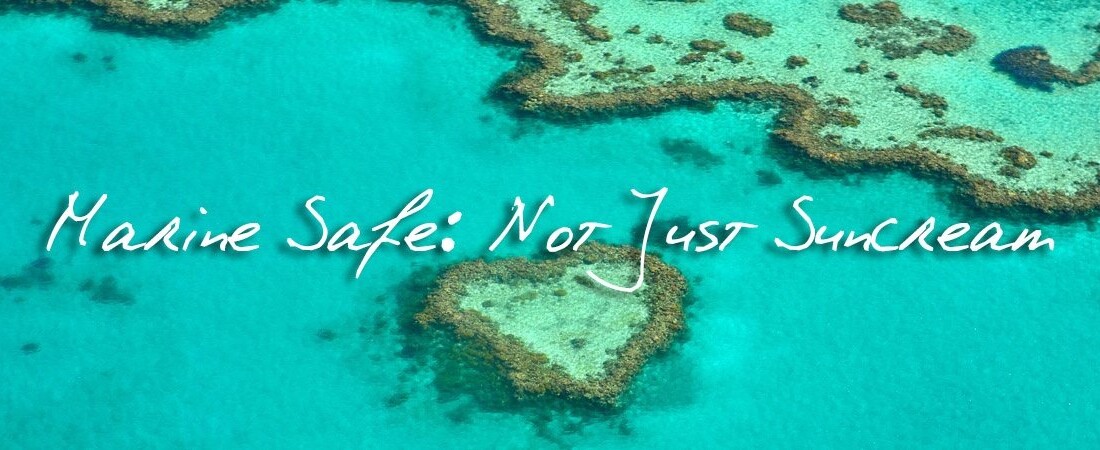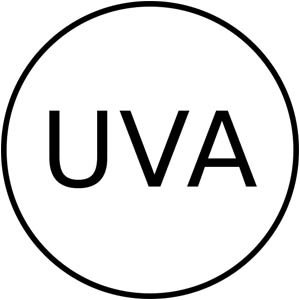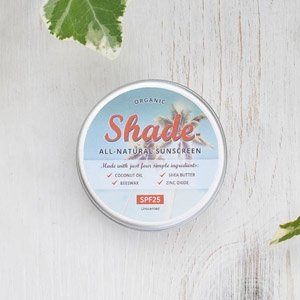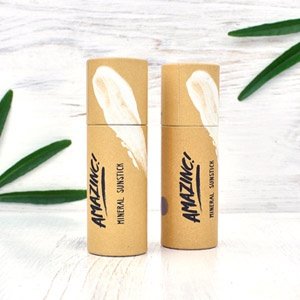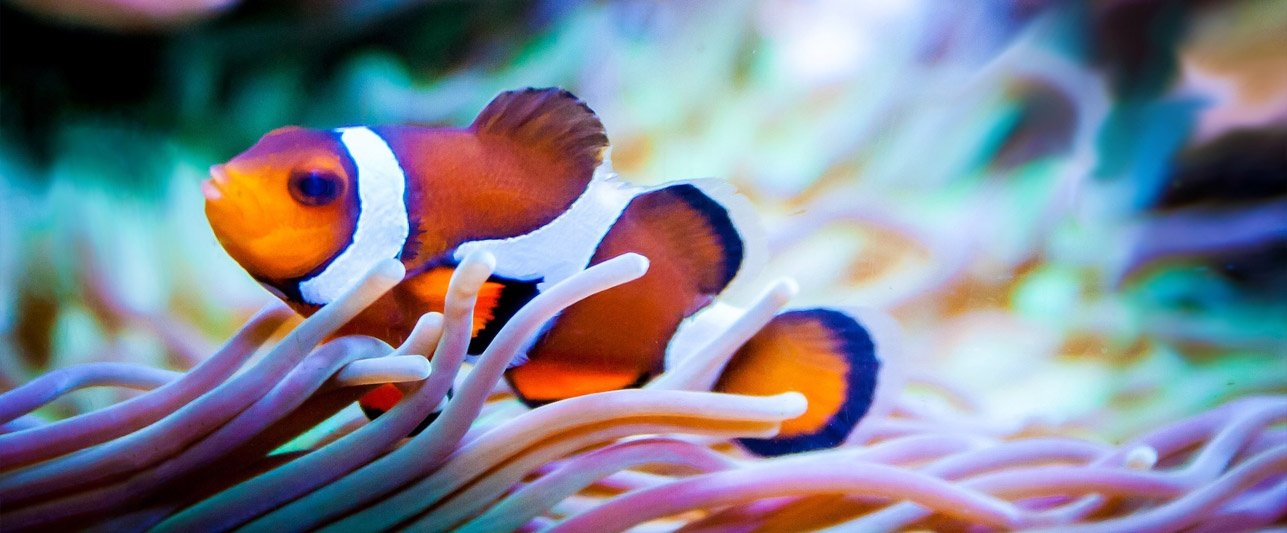Whoosh, and we’re off!
We’re heading into Holiday season, the Easter break proved to be a weekend of glorious sunshine and we may not want to think of it as being that close, but the countdown is now on for the six weeks of school summer holiday. I need to start thinking about whether I still fit in last year’s summer clothes and I need to start thinking about family sun care.
Whether your concerns are kids with delicate skin, keeping the wrinkles at bay, protecting against skin cancer or just avoiding sun burn, you’ll need some sun protection this summer at home and abroad.
First and foremost, I’m buying sun-cream because I want protection
Cancer research UK advises that we should reduce our exposure to UV rays to reduce the risk of skin cancer. They suggest we should spend time in the shade, cover up and use a sunscreen (at least SPF 15 and 4 stars) and to reapply cream regularly.
Safe to say we all know what a sun protection factor (SPF) is- the higher the number, the more protection you get, right? And the stars? Well they tell you the percentage of UVA that is absorbed by the sun cream compared with how much UVB is absorbed. Higher star, better protection, but only in line with the SPF.
Thing is, I’m looking for more environmentally friendly sun protection and a lot of sun-creams I look at don’t have the star system on the packaging. I want to do the right thing for the environment but not at the expense of my health, so I got to wondering why the eco-brands don’t have the star rating… are they as good at protection as their cosmetic giant rivals? Well, the answer is almost certainly yes. It turns out that the star system is proprietary, it belongs to Boots, and you need their permission to use the logo. Crazy that the big companies have got their proprietary information woven into the guidance we all trust! So, what can we look at instead, if we’re buying a brand who hasn’t paid Boots to use the star rating logo?
The letters “UVA” inside a circle is a European marking. This means the UVA protection is at least one third of the SPF value and meets EU recommendations.
You can also do your research a little. Sunshade have tested their SPF25 product and confirm that if they were allowed to use the star rating system, their product would come out at 4/5 stars. I’m looking for environmentally conscious sun protection which meets the NHS and Cancer Research recommendations and I found one: Shade All Natural Sunscreen. If, like me, you have fair skin or have an active lifestyle which means avoiding the sun isn’t as easy, try the SPF50 that Amazinc! offers. The tube is easy to fit in a handbag for on-the-go use and the stick design means it’s easy to get the backs of the kids’ necks, often without greasing your own fingers up. I’m not usually so on the ball that I have a full bottle of sun cream in my bag, but this stick can stay in there all day long, it so convenient!
What makes sun-cream eco-friendly?
So, what’s in a sun-cream? What about the sprays and creams and gels? Ever wondered how we got from rubbing cream in like we used to in the 80’s to today’s convenience of a quick spritz and whoosh you’re off? How we got there is the same story as how we got from using a block of soap with a flannel to using an aerosol luxury foam with plastic net exfoliating buffer.
Just what are we on the progression to with our time-saving, convenient, luxury cosmetics? You’re here and you’re reading this so I’ll take it as read that you know the cost of this progress in terms of plastic waste but are you aware of the ingredients in sun-cream that have a direct and immediate toxic effect on coral reefs and marine life?
What is coral?
Coral is a symbiotic organism. Simply put, there are two organisms living together; a polyp which provides a home and algae, which is the food source. Both need each other to survive and provide something the other needs. It’s the algae that gives coral its colour. Coral bleaching happens when the algae either leaves, dies or is expelled by the polyp. Coral bleaching is often reversible so it isn’t too late to start making changes which could help save our coral reefs.
You might have heard that some resorts have introduced local bans on some sun-cream ingredients to preserve our precious coral reefs. Some chemicals used as preservatives and UV filters are known to have immediate, detrimental and irreversible effects on reefs and marine life. Industry has no current standards to help us determine which are coral or marine safe brands and which aren’t, so we need to do a little bit of label reading ourselves. Be aware that any claim of reef or marine safe means nothing. At the moment, it’s down to us as consumers to check the label and to challenge the manufacturers. The “Be reef safe” initiative advises against parabens, cinnamates and benzophenones (more information at Be Reef Safe) and the organisation “Marine Safe” has a realistic ethos that there is no fixed definition for “Marine Safe” but that with new scientific findings the definition will change over time. The more we know, the more we can adapt to preserve our marine life. Be Marine Safe has an evolving list of chemicals to avoid (Marine safe chemicals to avoid). One thing that every such organisation agrees on is that Oxybenzone is bad news. Oxybenzone is prolific in sun care products and is used as a barrier to UV light. It’s harmful to coral, causing coral bleaching and death of baby coral at levels we know to exist on our reefs today.
Oxybenzone
The European Chemical Agency regards Oxybenzone as being “very toxic to aquatic life” and “toxic to aquatic life with long lasting effects”. The toxic effects this information comes from is tests on algae. We know algae is critical to coral survival. They also have initial grounds for concern for a list of areas including endocrine disruption and allergic reactions. Check out the long list of alternative names of Oxybenzone so you can check if it’s in your cosmetics at Marine safe chemicals to avoid.
I’d usually advocate using what you have before rushing out to buy new “eco” goodies but with these chemicals we really shouldn’t be using them anywhere near the sea. They’ll make their way through the water system and ultimately end up in the sea wherever we use them, but I would beg that you don’t use products containing these chemicals if you know you are going into the sea afterwards.
What am I buying?
I’m buying long sleeved, natural fibre tops- the Oxfam online shop is amazing for picking up affordable, conscious-clear holiday clothes. I’ll be digging out my sun hat and I’ll be sitting in the shade whenever I get the chance. To be honest, I’ll mostly be in a wet-suit but those times I’m not, I’ll be in the sea again soon, so I do want to protect myself, but I don’t want to be responsible for more reef loss. Last year’s sun-cream has probably lost its potency already so to keep my family safe and to keep marine life safe, I’ll be buying a biodegradable marine-safe products this year. I understand that I can only go on current recommendations and that things may change in the future, but I can make choices based on what we know now. I’m choosing Shade All Natural Sunscreen and Amazinc!
“Be Marine Safe” recognises how difficult it is to find a perfect solution and advises that what you can do immediately is:
-recognise this is a problem
-reduce the amount you use by covering up
-replace your sunscreen with less harmful alternatives
Good to go snorkelling now the sun cream is sorted?
You’d think so but no. These chemicals are in other holiday essentials and products we use all the time. If you’re following the advice of your hairdresser, as I have done in the past, you’re using colour protect shampoo and conditioner. The chances are that these products also have Oxybenzone and other harmful chemicals in, and it doesn’t even have to be a shampoo and conditioner designed to protect your hair from UV. Out of the two, conditioner is the most harmful as it sticks to our hair and releases the toxins into the water when we swim. Conditioners without oxybenzone and quaternary ammonium compounds are more expensive up-front, but they don’t leave harmful chemicals on your hair or deposit them in the sea and they don’t kill the algae in your local river. A little goes a long, long way with these products so just a small amount of natural liquid conditioner, such as Bain & Savon, decanted into a tin will last you all holiday and take up less room in your suitcase!
Oxybenzone and the other chemicals “Be Marine Safe” advise us to avoid are also found in your mascara, your shampoo and other products. I don’t wear much make-up on holiday, but I do love to wear mascara for the holiday snaps, and it has to be black for me. Do I need a new mascara? Well, it’s been a good while since I last bought one because I don’t wear make-up as a general rule, and we’re advised to change mascara every three months. ZAO do a volume and sheathing mascara which ticks all my boxes and a new mascara will mean I avoid eye infections whilst I’m on my jollies!
It’s not just reefs we stand to harm in the product choices we make. The ecosystems right on our doorstep rely on algae as the primary food source. So, when you’re thinking Marine safe, it’s not just about your sun-cream, not just about the sea, and not just for holiday.
